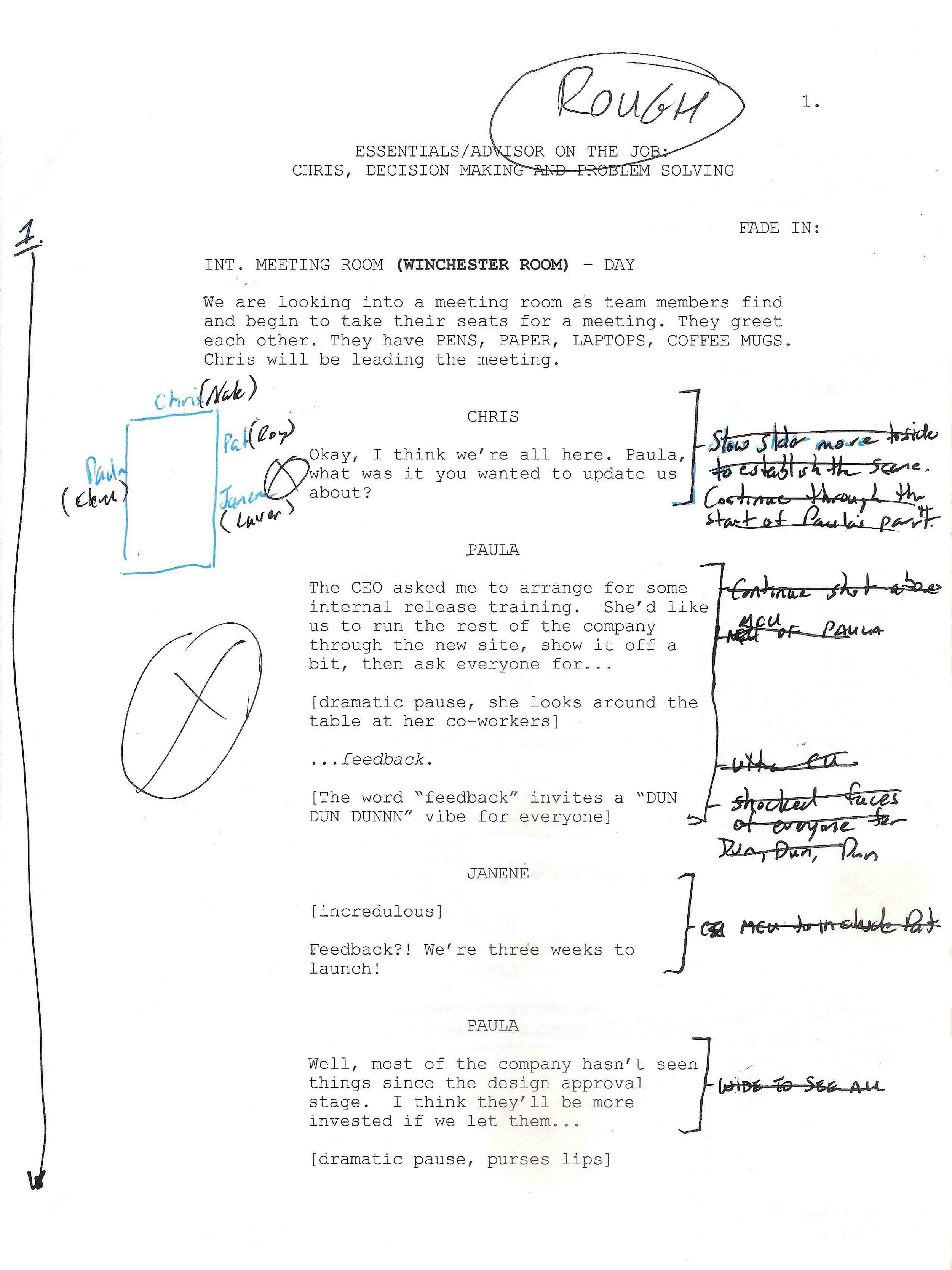What the Video Production Team Does
In this picture; Director, Director of Photography, 1st Asssistant Camera, Grip, Production Assistants, Boom Op.
So, you’re new to video production, or maybe you’re just curious what a “gaffer” or a “grip” does on a shoot. Either way, we know video production terminology, and the many different job descriptions can be confusing, so let us bring some clarity.
A production team is a group of people who work together in various roles to create your video, commercial, movie, or show. When we refer to the “production team,” it includes everyone who will work on any of the technical aspects of creating your project, not including actors.
Depending on the project, the teams may be large or small and include or exclude certain team members depending on the scope and needs. Often, the budget determines the team, and some of the members can fill multiple roles. As a rule, production runs smoother and is completed quicker, with higher quality, when you have a bigger crew, but it’s a cost trade-off.
Here Are Descriptions of Video Production Roles
Producer
The Producer is the client’s primary contact and business manager. They set the strategy, goals and expectations for the production. Producers hire the production team, manage the budget and schedule, and stay involved in the project from beginning to end. This role works closely with the director.
Director
The Director is the production’s “CEO”. They are the most visible on the shoot day and they are very involved in the day-to-day details. A Director will often help assemble and manage the team, modify the script, if needed, and oversee the budget, timeline and final product. They watch all parts of the production and answer any questions or concerns as they arise.
Assistant Director (AD)
Your production could have multiple Assistant Directors depending on its size. They’ll manage the set schedule, shot list, props and assure you’re staying on script.
Scriptwriter/Screenwriter
Here’s a script with notes from the Scriptwriter, Director, DP. Looks like a mess?
This one is pretty self-explanatory, but the Scriptwriter writes and edits the script. They work to advance the story, align with the strategy and reach the desired goals for the production.
Director of Photography/Cinematographer (DP)
A Director of Photographer, or Cinematographer is the person who brings the script to life on film. This role is responsible for planning and executing the use of lighting, camera angles, colors of lights, cameras and other equipment to ensure the right mood and look is on target. They work very closely with the Director to ensure the Director’s vision is accomplished.
Camera Operator
This role reports to the DP and operators the camera and associated gear according to the DP’s direction. It includes ensuring the color, lighting, focus, exposures, and other filming aspects are adjusted accordingly. They may also have an assistant to help with cables, batteries and other duties.
Lighting Director / Gaffer
The lighting director and or gaffer work together to manage the lights and all associated components and plans. The gaffer is the electrician, while the lighting director makes decisions to achieve the right look and light placement.
Key Grip
The key grip secures lighting, cameras, microphones and anything on the set that needs to be rigged in a specific place.
Audio Technician
The audio tech manages audio recording, microphones, and monitors and adjusts audio levels.
Set Designers help plan and execute everything on set that needs to be seen in a shot. They work as part of the Art Department.
Set / Production Designer
A set designer creates the storyboards for the production, including actor placement, backgrounds and any environmental direction.
Art Director
The production designer and art director work together, creating the background elements, props, sets, and features.
Hair and Makeup (HMU)
HMU artists are the unsung heroes of film making. They make us all look good by making the talent look good. There’s an art to making sure people look good on camera and HMU knows how to bring the best out of skin complexions and hair colors.
Editor
The editor organizes and manages the filmed footage for the production and places them individually in the correct position to develop the sequence of scenes. It might seem confusing (see below) but a good editor knows the ins and outs of their editing program to make the most of the footage.
Here’s the editor’s view once the editing begins.
Production Assistant
The production assistant helps do a bunch of little things to save other staff time and keep the production running smoothly. This could include getting lunch, organizing equipment, standing in for an actor, or any number of small tasks.
Each of these roles requires a specific skill set that helps to make the production better and more cost effective in the long run. Even though your production may not include each of these roles, it’s still work that will be completed to make your project a success.



